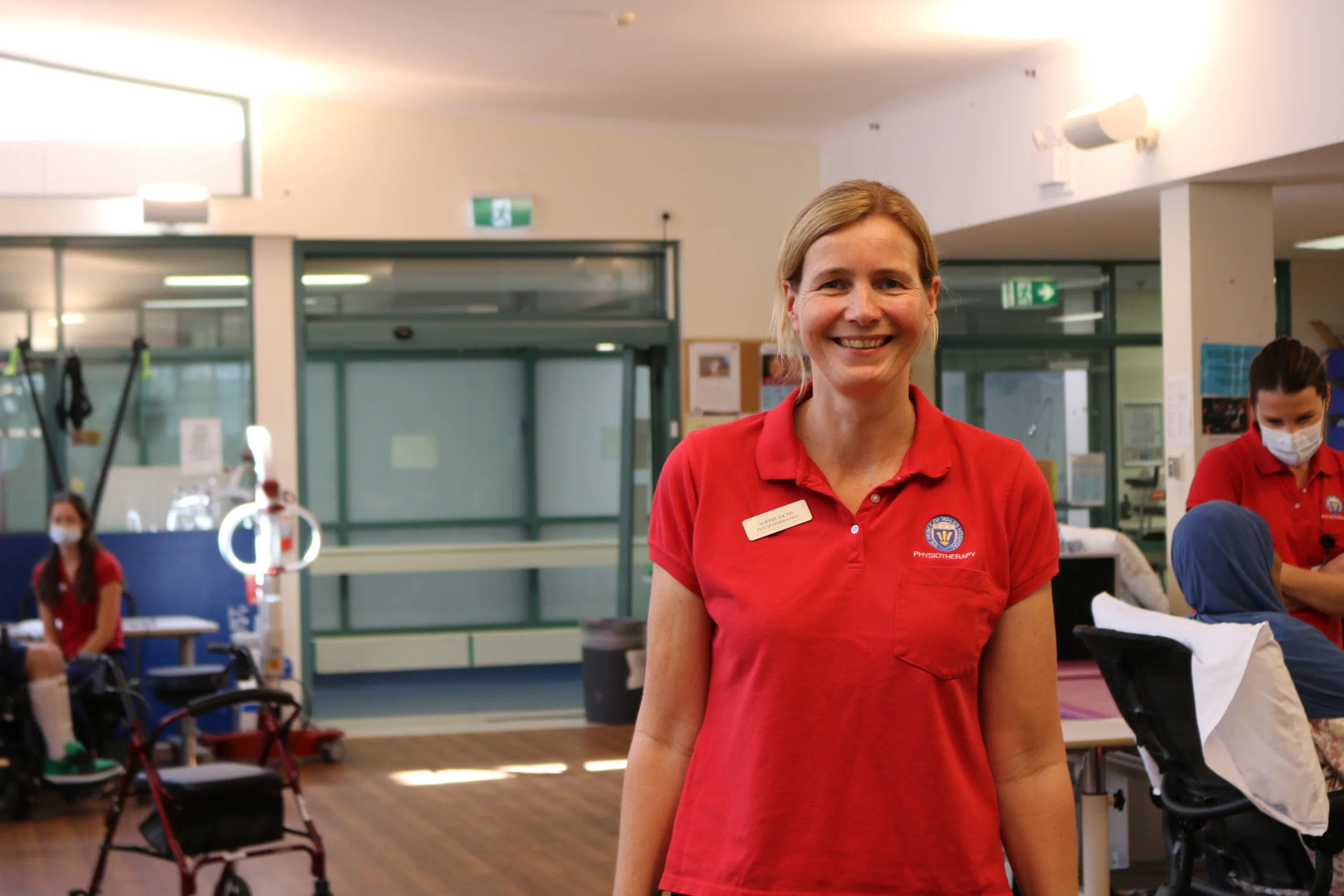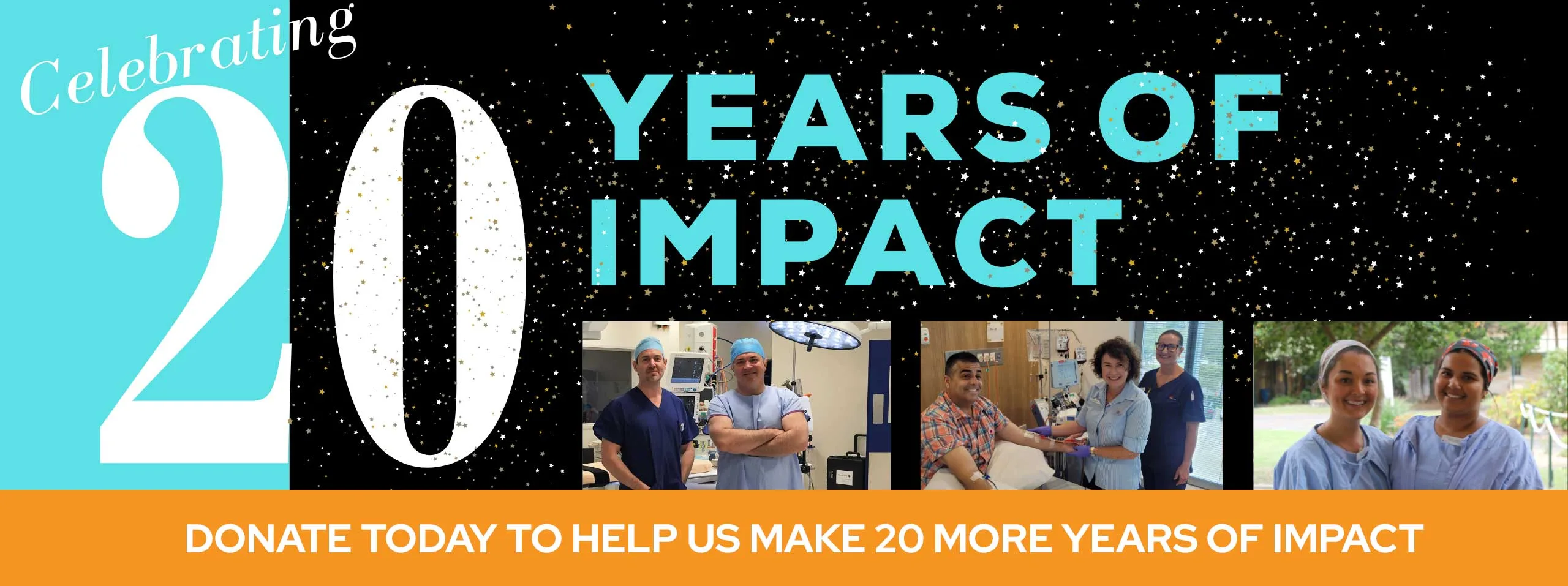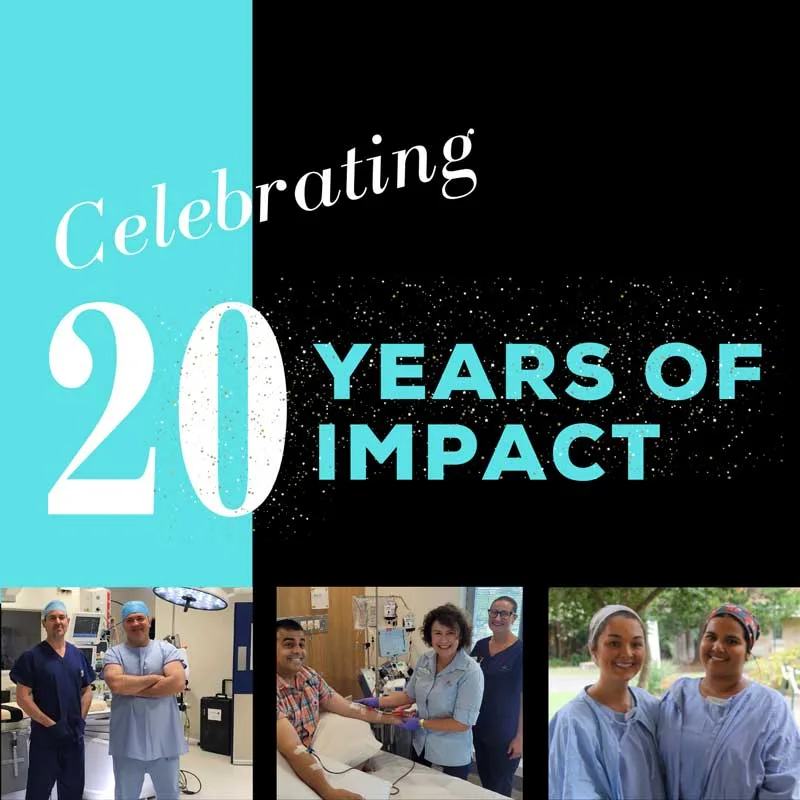Our Impact - Spinal
OUR IMPACT
Spinal
Spinal Garden
We funded a garden sanctuary for Spinal Rehab Patients at POWH attached to the Spinal Injuries Rehabilitation Unit. The garden is reflective of the latest research on the benefits of healing environments and creative processes in health and wellbeing. The garden facilitates recreation and relaxation and is a communal meeting place beyond the hospital walls and offers a fresh air reprieve for those people enduring a prolonged hospital length of stay due to a generally high level of disability. It is a space for rest and relaxation, in a natural environment that reflects wellness, uses natural light and offers a pleasant, ‘green’, natural and beautiful setting.


Reducing respiratory complications for patients with tetraplegia
We funded a study to better understand the impact of functional electrical stimulation (FES) to reduce respiratory complications for patients with injury to the cervical (neck) region of the spinal cord known as tetraplegia. In tetraplegia, paralysis affects the major respiratory muscles and therefore reduces respiratory function. The associated respiratory complications are a leading cause of mortality for the tetraplegic population. The study showed that the repeated application of FES improved the respiratory function, vital capacity, forced vital capacity and peak expiratory flow which all make it easier for patients to generate an effective cough, reducing the risk of respiratory complications. The outcomes from this study have led to the implementation of FES for every tetraplegic in and outpatient treated at POWH.
Wellbeing programs and initiatives for spinal cord injury rehab patients
Spinal cord injury (SCI) is a debilitating and a life changing event. There are 350 new cases in Australia each year and approx. 15,000 Australians are living with spinal cord injury. Each injury not only has a lifetime cost of care of at least $5m, but the emotional side effects of SCI often last a lifetime. To help POWH staff to address the emotional effects of SCI, we funded a clinician’s guide to ‘Working with Spinal Cord Injury Patients’ as well as an emotional wellbeing toolkit in form of an interactive Psychosocial Workshop. This workshop is now helping provide consistent evidence based psychosocial interventions in all POWH spinal settings.
Regulating blood pressure after spinal cord injury
Every year around 350 Australians sustain a spinal cord injury. Spinal cord injuries do not only have a traumatic impact on patients and their loved ones but require lengthy and costly hospital stays. 75 percent of new spinal cord injury patients experience difficulties regulating their blood pressure when being moved from a lying to an upright position. This phenomenon is known as Orthostatic hypotension which causes dizziness, fainting, impacts vision and limits the ability of patients to sit for more than a few minutes. Orthostatic hypotension can therefore delay rehabilitation and recovery extending hospital stays and impacting the patient’s wellbeing. To avoid unwanted side effects from blood pressure medication, the department is now leading a study funded by us using functional electrical stimulation (FES) of the abdominal muscles to maintain better blood pressure. The goal is to determine if FES can be used as an alternative therapy to mitigate Orthostatic hypotension so that patients can commence rehabilitation sooner. If successful, the results of this study will create the basis for a larger clinical trial that could inform and change clinical practise.



